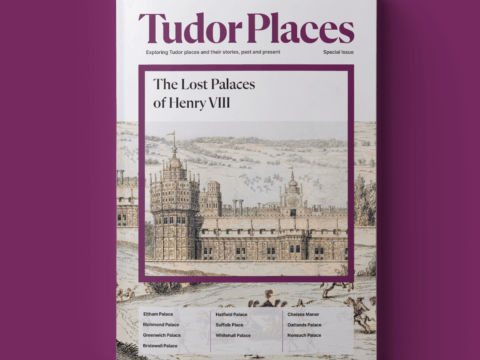Francis Walsingham: Interests and Pastimes
In modern parlance, we might consider Sir Francis Walsingham to be a workaholic. He worked long hours without respite, and the strain told on his health. He may have had little choice in the matter. Elizabeth I was a demanding mistress: even at the end of his life, three days before he died, she was unwilling for him to cease work until a substitute had been found.
Nor did he enjoy the court progresses that Elizabeth made each summer, to show herself to her people, and to promote loyalty amongst the country gentry who did not attend court. He complained that the ‘banqueting and pastime’ distracted the queen from work. Since it was notoriously difficult to get Elizabeth to commit to anything, or sign documents, this was frustrating for Walsingham and her other ministers.
Nevertheless, Walsingham was not a machine, and he did have other interests – sadly, the paucity of information about his personal life makes tracking them down difficult.
One of his interests was falconry, a pastime that was immensely popular at the Tudor court. He received the gift of a gyrfalcon from Sir John Forster, Warden of the Middle March. Forster had been a protégé of Edward Seymour, Duke of Somerset, and his daughter, Juliana, was married to the son of Walsingham’s friend, the Earl of Bedford.
It is likely that intellectual pleasures were more to Walsingham’s taste than the physical pastimes of many of the nobility. His education is unlikely to have included any of the military exercises that noblemen’s sons enjoyed – jousting and tilting and so forth.
Walsingham was a man of genuine religious feeling – he had left England during the reign of Mary I, unwilling to compromise in his beliefs, and he was eager to ensure that the Word of God was shared as widely as possible. During the 1580s, concerned at the level of Catholic activity at Oxford University, he funded a lectureship in divinity. It was not a permanent foundation – it is unlikely that Walsingham would have been able to afford a permanent chair – but he was keen to put up opposition to Catholic-inspired lectures.
John Rainolds, a man of distinctly Puritan bent, was appointed as lecturer. He was to lecture three times per week, and to pay particular attention to refuting the work of Robert Bellarmine. Bellarmine was an influential Jesuit theologian and rector of the Roman College.
Walsingham later put forward Rainolds for the post of Regius Professor of Divinity, but Elizabeth thought him too radical, disliking his 'obstinate preciseness’. Walsingham therefore continued his funding and requested in his will that his daughter Frances’ husband, the Earl of Essex, should continue the payments.
In lighter moments, Walsingham appreciated art. He patronised the painter, John de Critz, who probably painted him in 1585, in his familiar black, with contrasting crisp white ruff. De Critz was commissioned to purchase art for his patron, and in 1582 purchased a painting of St John and one of Neptune and Coenis.
Perhaps surprisingly, Walsingham was a patron of theatre. In 1583, he gave orders to the queen’s Master of the Revels to create an acting troupe, to be known as The Queen’s Men. Their chief role was to perform at court. He insisted that the players practice regularly, giving weekday performances in London, despite the City authorities clamping down on actors. Walsingham wanted them to be well-rehearsed, to perform competently at court. The formation of the troupe may have been a front for espionage – players could travel around, mix with different groups and pass on rumours and gossip without attracting suspicion. Even Walsingham’s pleasures were influenced by his work!
Sir Francis Walsingham
Family Tree



